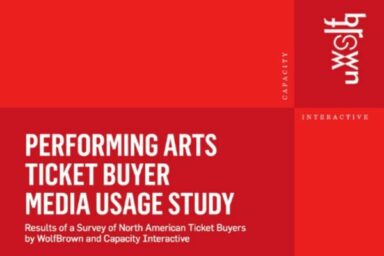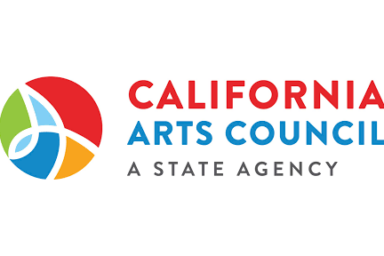Engaged audiences are a cornerstone in the foundation of a strong arts ecosystem.
This report takes stock of a growing body of practice in the arts sector referred to as “audience engagement” and refers to a somewhat bewildering array of programs and activities such as lectures, open rehearsals, docent tours, and online forums. To help make sense of this rapidly developing landscape, an Arc of Engagement model is proposed to aid in understanding the stages through which audience members pass in constructing unique experiences around a shared work of art.
A wide variety of engagement programs can be placed along this arc. Drawing from audience studies in the dance, theatre, and classical music fields, six diverse audience typologies are described in terms of their engagement preferences: 1) Readers, 2) Critical Reviewers, 3) Casual Talkers, 4) Technology-based Processors, 5) Insight Seekers, and 6) Active Learners. Engaging these typologies requires an understanding of four underlying dimensions of engagement, extracted from an examination of several dozen engagement programs: social vs. solitary, active vs. passive, peer-based vs. expert-led, and community vs. audience.
A range of current practice in engaging audiences and visitors is illustrated in 11 brief case studies. Helping audiences and visitors make meaning from artistic work is a major focus in the field right now, motivated by the need to attract and retain audiences in an increasingly competitive marketplace. Arts organizations hoping to reap the benefits of an engaged audience must think holistically about managing the total experience, from the moment a decision is made to attend, to the days, months and years after the event. Engagement is a unifying philosophy that brings together marketing, education, and artistic programming in common service of maximizing impact.
Making Sense of Audience Engagement was commissioned by The San Francisco Foundation and Grants for the Arts/San Francisco Hotel Tax Fund as part of the two funders’ collaborative capacity-building efforts and supported by The Wallace Foundation through its Wallace Excellence Awards Program.




